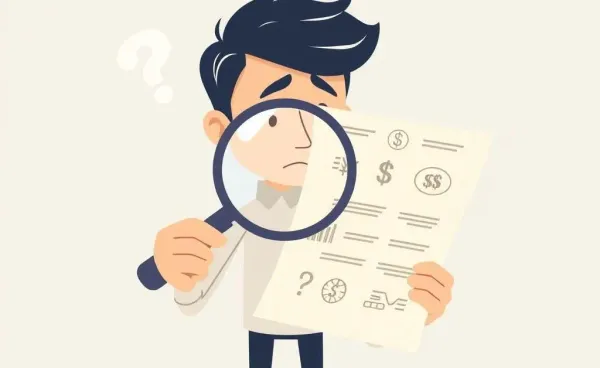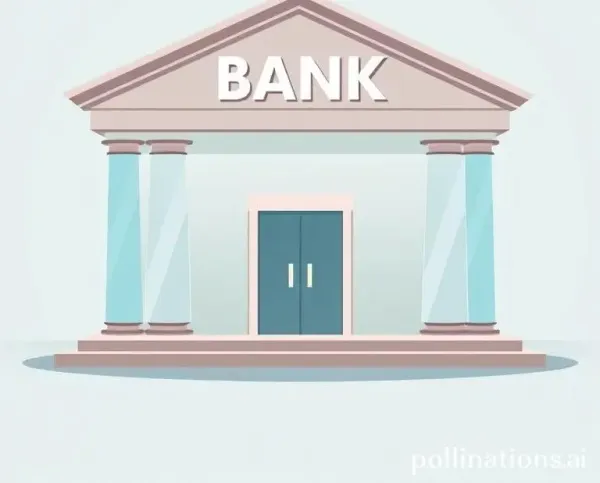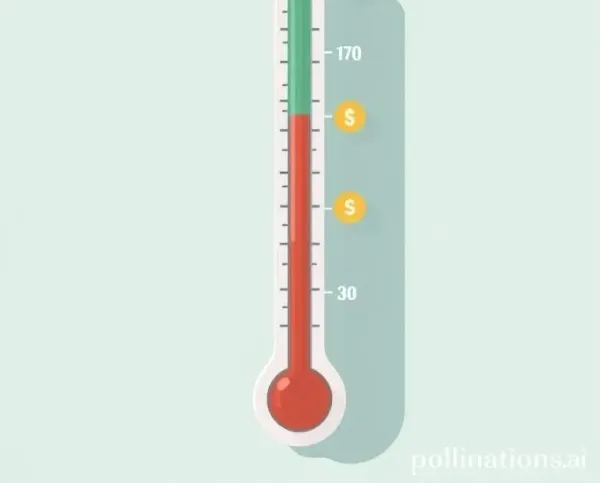Navigating the World of Second Position Notes in Real Estate Investing
Discover what second position notes are and why they matter in real estate investing.

Have you ever wondered about those elusive “second position notes” in real estate investing and what they mean for you? Navigating the complex world of real estate investing can sometimes feel like deciphering a secret code. Among these mysteries, second position notes stand out. Whether you're a seasoned investor or just dipping your toes into real estate, understanding these notes can significantly influence your investment strategy.
What Exactly Are Second Position Notes?
Picture this: You're buying a property, and you decide to take a loan. The primary loan you take is what's known as the first mortgage, your main financial responsibility in property investment. Now, if you decide to take out another loan secured against the same property, that's where the second position note comes in. It's essentially a secondary loan secured by the property, sitting behind the primary mortgage.

Why Would Anyone Consider a Second Position Note?
Second position notes offer intriguing opportunities for both the borrower and the lender:
- Leverage for Investors: If you're an investor with plenty of opportunities but limited capital, a second position note can help maximize your purchase power.
- Higher Interest Rates: For those willing to lend, including private lenders, these notes often come with higher interest rates due to the increased risk, potentially yielding higher returns.
- Diversified Portfolio: They allow investors to diversify their portfolios by investing in smaller amounts across various deals.
The potential rewards come with their share of risks and jokes—like that classic one about why real estate investors make bad spies; it's because they can't stop talking about their assets!
The Risks Involved
One key aspect of these notes is the position they hold in the repayment queue. Should the property owner default, the first mortgage holder is paid first, leaving the second lender to pick up the pieces. This increased risk is why lenders often demand those higher interest rates.
An old friend of mine learned the hard way. Let's call him Jake. Excited about a new property investment, he took a second position note to finance the deal. Unfortunately, the market took a nosedive, and Jake found himself on the brink. The property's value dropped, and his second position lender was left high and dry when the property sold at a loss. It was a tough lesson but a crucial one about the inherent risks involved.

Making the Right Choice
So, should you consider these notes? The answer depends on your risk tolerance, investment strategy, and understanding of the real estate market. For passionate real estate investors, it's yet another tool in the toolbox—but one that requires careful consideration.
Final Thoughts
Diving into second position notes can open doors to new financial opportunities, but it's crucial to weigh both sides of the coin. As you contemplate your next real estate venture, ask yourself: How much risk am I willing to take to chase a potentially high reward?

Have you ever ventured into second position notes in your real estate investments? What were your experiences—and would you do it again?




